Exploring the Rich Heritage of Quarry Tiles
Tracing the Historical Journey of Quarry Tiles
Quarry Tiles Restoration: Quarry tiles possess a captivating historical narrative that reflects their enduring appeal throughout the United Kingdom. Initially produced in the early 19th century, these ceramic tiles were crafted for both practical applications in domestic environments and industrial contexts, making their resilient nature ideal for high-traffic areas like kitchens, hallways, and even outdoor spaces. As you stroll through enchanting Victorian homes or traditional pubs, you’ll frequently encounter quarry tiles that have survived the test of time, offering a fascinating glimpse into historical aesthetics.
The earthy colour palette of quarry tiles, featuring rich hues of red, brown, and grey, was not merely a matter of visual appeal; these choices provided a practical answer to the inevitable wear and tear of everyday life. The manufacturing process often utilised local clay, which contributed to the distinct character associated with various regions. Over time, quarry tiles have evolved, adapting to contemporary design trends while retaining their classic charm. Given their storied history, it is no surprise that quarry tiles continue to be a preferred selection for homeowners and businesses alike.
Pro Tip: Recommended Products for Daily Maintenance of Quarry Tiles
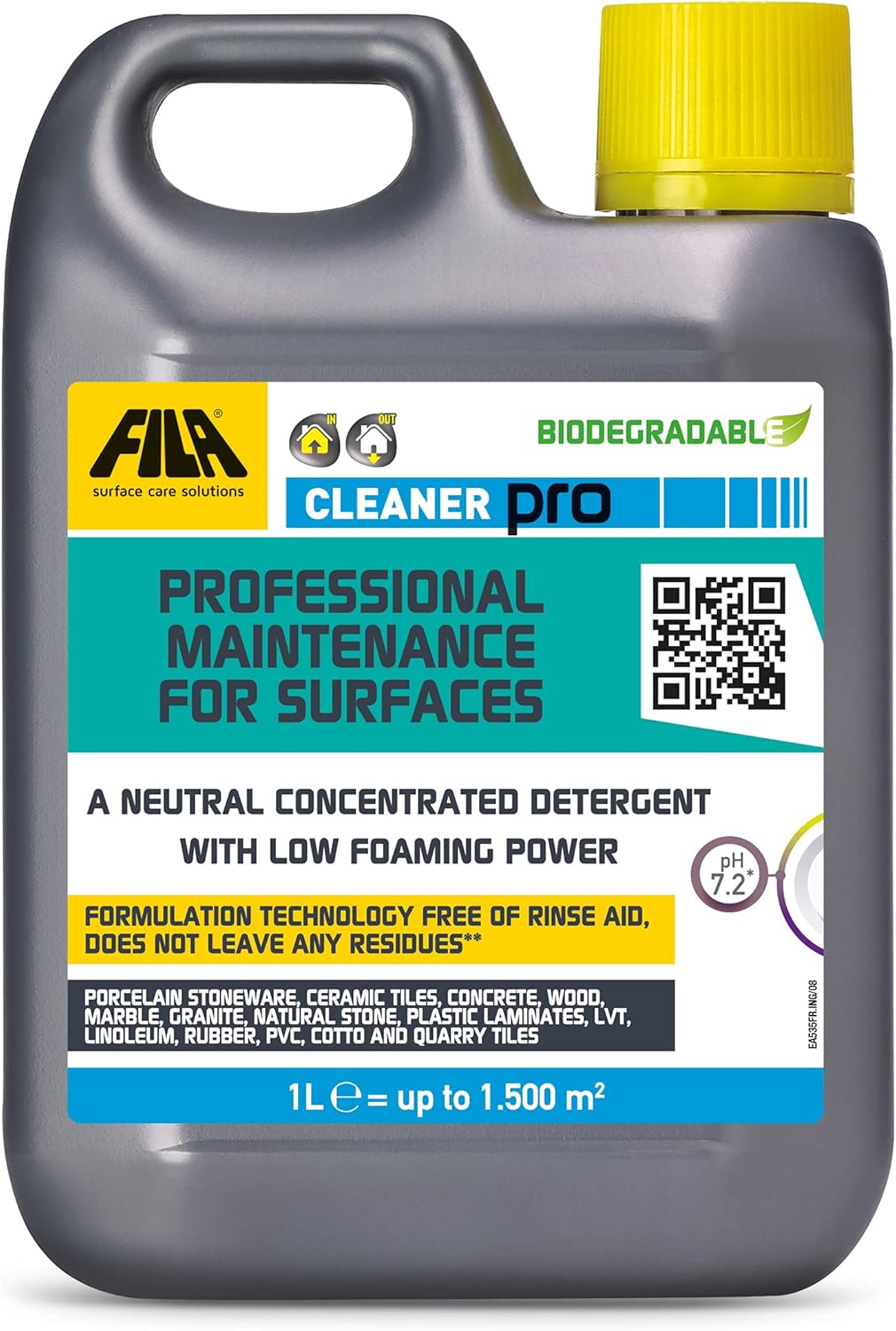
Fila Pro Floor Cleaner
|
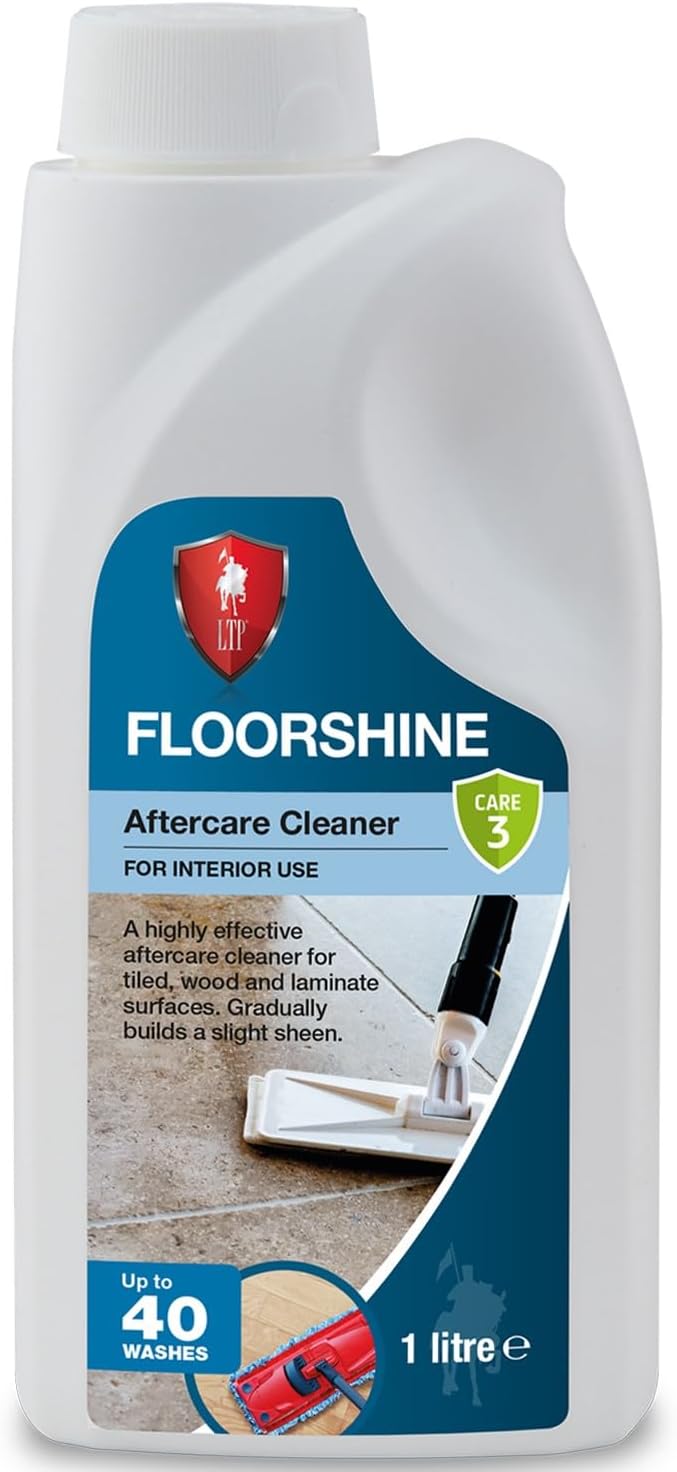
LTP Floorshine
|
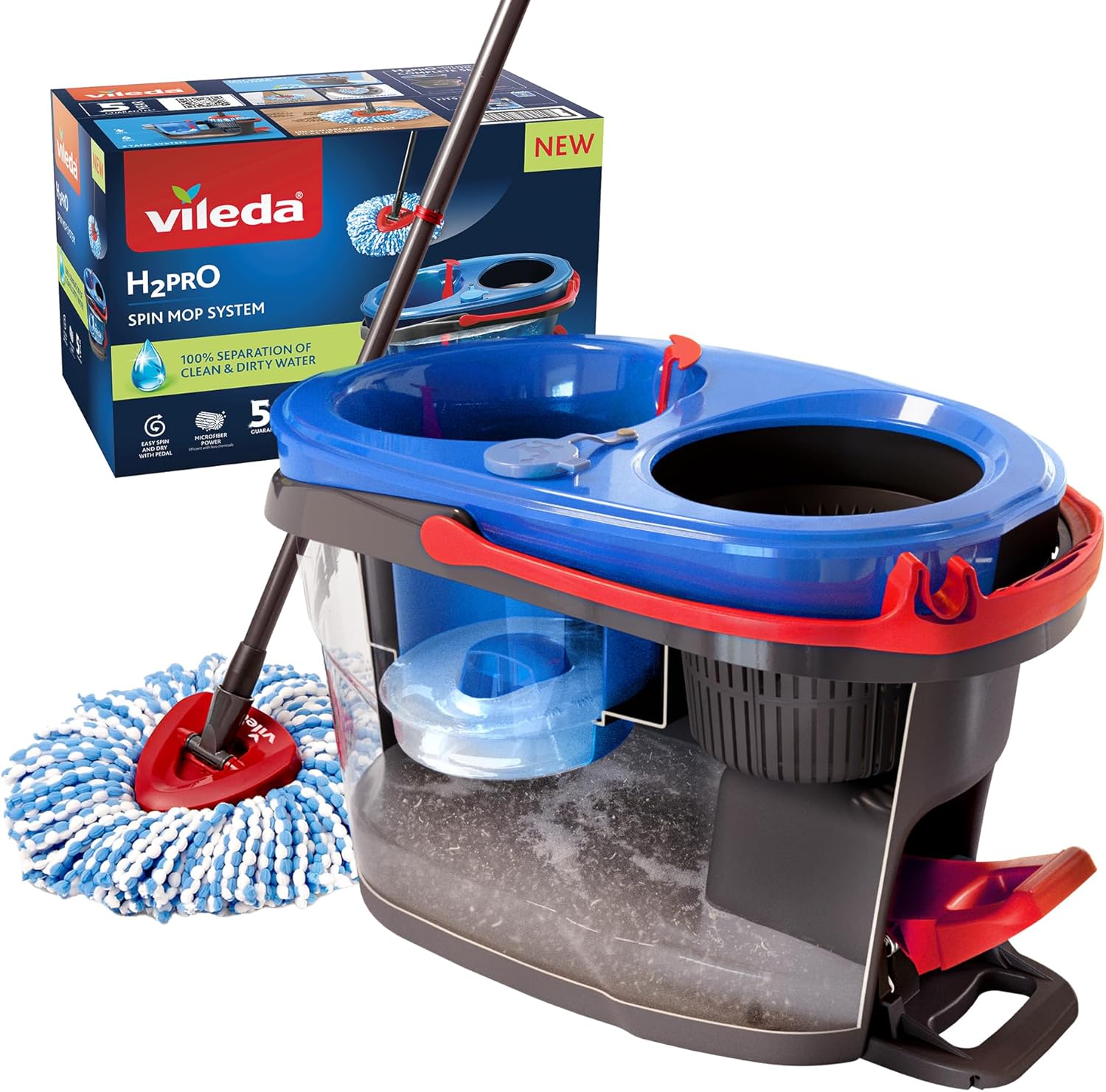
Vileda H2PrO Spin Mop System
|
Diverse Varieties of Quarry Tiles
As you delve into the realm of quarry tiles, you will uncover an enchanting array of options that cater to diverse preferences and styles. Traditional quarry tiles are often unglazed, showcasing their natural, earthy textures. The iconic red quarry tile remains a fundamental choice in numerous British residences, radiating warmth and character. However, contemporary offerings have expanded to include a variety of colours, ranging from deep browns to modern tones such as grey and cream.
Beyond colour, factors such as size and finish significantly influence the selection of the ideal tile for your environment. For example, larger tiles can impart an expansive atmosphere within a room, whereas smaller tiles are often favoured for creating intricate patterns and designs. Some homeowners may choose patterned quarry tiles, which introduce unique character and texture to floors or walls. With such a wide range of options, finding the perfect quarry tiles that reflect your individual taste is easily achievable.
Identifying Common Challenges with Quarry Tiles
Like any flooring material, quarry tiles can encounter issues as time progresses. A prevalent challenge faced by homeowners is cracking, typically resulting from shifts in the subfloor or the impact of heavy objects. While cracks can be visually unappealing, they can often be remedied using appropriate techniques and materials to restore the tile’s structural integrity.
Stains represent another common concern, especially in high-traffic zones or kitchens where spills are frequent. Substances such as oil, grease, and food can permeate the porous surface of quarry tiles, leaving behind unsightly marks. Consistent cleaning and maintenance practices can alleviate these problems; however, when stains become entrenched, professional quarry tile restoration services may be required to revitalise the tiles and restore their former elegance.
Wear and tear are unavoidable aspects of any flooring material’s lifespan. Over time, quarry tiles may lose their lustre, appearing dull and lifeless. This deterioration often arises from inadequate maintenance or the use of overly abrasive cleaning methods. Fortunately, restoration services are accessible to rejuvenate these tired surfaces, ensuring they regain their vibrancy and appealing appearance.
Comprehensive Restoration Process for Quarry Tiles
Thorough Initial Assessment for Restoration
The restoration journey of your quarry tiles commences with a meticulous initial assessment. This vital first phase involves a detailed evaluation of the tiles’ current state to ascertain the degree of damage or wear. A skilled professional will examine the tiles for cracks, chips, stains, and any indications of discolouration. Gaining a thorough understanding of the specific issues enables the restoration team to formulate a customised plan tailored to your individual needs.
During this assessment, the restoration specialist will also evaluate the surrounding environment, taking into account elements such as humidity levels, foot traffic, and the condition of the underlying substrate. This comprehensive analysis guarantees that the techniques employed during restoration will be effective and durable. By recognising underlying issues early, such as moisture problems or structural concerns, the restoration process can address potential complications, ultimately saving homeowners both time and money.
Effective Cleaning Techniques for Quarry Tiles
Once the initial assessment has been completed, the next crucial step in the restoration process is cleaning. This stage is essential for eliminating dirt, grime, and stains that the hat has accumulated over the years of use. Professional cleaners employ specialised techniques and products specifically formulated for quarry tiles. A popular method is steam cleaning, which utilises high-temperature steam to dissolve stubborn dirt without compromising the integrity of the tiles.
Another effective cleaning strategy involves using pH-neutral cleaners that are safe for quarry tiles. These cleaners penetrate the surface to lift stains and residues, effectively restoring the tiles’ original vibrancy. It is crucial to avoid harsh chemicals, as these can discolour or damage the tile material over time. In some instances, gentle agitation using a soft-bristled brush may be necessary to address particularly stubborn stains or accumulated grime.
Once the cleaning process is complete, the tiles can truly shine. However, the process doesn’t stop there. Following the cleaning, sealing may be recommended to safeguard against future staining and wear. A professional restoration service will apply a high-quality sealant that not only enhances the tiles’ natural beauty but also provides a protective barrier against potential damage.
Repairing and Refinishing Quarry Tiles for Longevity
Following the cleaning phase, the restoration process transitions to the repair and refinishing of the quarry tiles. This step is crucial for addressing any cracks or chips that may have developed over time. Skilled technicians utilise professional-grade fillers specifically designed for quarry tiles, ensuring that repairs are both effective and visually harmonious with the original tile.
Once repairs are finalised, refinishing the tiles can significantly rejuvenate their appearance. This may involve grinding down the surface to eliminate any high spots or imperfections before applying a fresh layer of finish. Refinishing not only enhances the tiles’ aesthetics but also adds a layer of protection, significantly extending their lifespan.
The refinishing process can vary from a simple buffing to a complete resurfacing, depending on the level of wear observed. A reputable restoration service will evaluate your tiles and recommend the most suitable approach for achieving a stunning finish that you will appreciate for years to come. With these expert techniques in action, your quarry tiles can be revitalised, showcasing their unique character and beauty while ensuring long-lasting durability.
Finding the Right Restoration Service for Quarry Tiles
Essential Qualifications for Restoration Providers
Choosing the appropriate provider for your quarry tiles restoration services can significantly influence the quality of the results achieved. It is crucial to seek a service with a proven track record and relevant qualifications in the field of tile restoration. Ideally, technicians should possess certifications or training in flooring restoration, ensuring they are equipped with the knowledge and skills required to handle your quarry tiles with care.
Experience is another critical factor to consider when selecting a restoration service. Inquire about their history and the types of projects they have completed in the past. Companies with extensive experience in your specific type of flooring are more likely to understand the nuances of quarry tiles and can deliver tailored solutions that meet your requirements.
Furthermore, assess whether the service provider employs industry-standard methods and equipment. A reputable company will invest in high-quality tools and cleaning solutions that are safe for your tiles while yielding effective results. Ensuring that the service adheres to best practices in restoration not only guarantees superior outcomes but also demonstrates its commitment to customer satisfaction.
Insights from Reviews and Testimonials
One of the most effective methods to evaluate the reliability and quality of a restoration service is to read customer reviews and testimonials. These personal accounts can provide invaluable insights into the experiences of previous clients. Look for recurring themes in feedback—satisfied customers often highlight aspects such as professionalism, quality of work, and communication.
Online platforms, such as Google and Trustpilot, are excellent resources for accessing reviews, as they offer an unbiased perspective on a company’s performance. Additionally, you may find testimonials on the company’s website, showcasing their successful projects and client satisfaction. If feasible, request references directly from the service provider, allowing you to converse with past clients about their experiences.
Moreover, consider the volume of reviews as well. A service with numerous positive testimonials is typically more trustworthy than one with only a handful of scattered feedback. Ultimately, customer reviews can help you make an informed decision, ensuring you select a restoration service that has a demonstrated history of delivering exceptional results.
Understanding Cost Factors in Restoration Services
While the quality of restoration services is of utmost importance, comprehending the associated costs is equally vital. The price structure for quarry tile restoration services can fluctuate based on various factors, including the size of the area being restored, the extent of damage, and the specific techniques required.
When obtaining quotes, be sure to ask for detailed estimates that outline the costs associated with each aspect of the restoration process. This transparency will help you identify where your money is allocated and avoid unexpected charges. It is also prudent to compare quotes from multiple service providers, as this can offer a clearer understanding of the market rate for the services you need.
Bear in mind that while cheaper options may seem appealing, they can sometimes yield subpar results. Investing in quality restoration services may save you money in the long term by ensuring the job is done correctly the first time, thus preventing the need for future repairs or restorations. By budgeting appropriately, you can ensure your quarry tiles receive the attention they require to maintain their beauty for many years to come.
Evaluating DIY Restoration versus Professional Services
Step-by-Step Guide to DIY Restoration
If you’re feeling adventurous, restoring your quarry tiles yourself can be a fulfilling project. Begin by gathering the necessary materials, including a soft-bristled brush, a mop, pH-neutral cleaner, and any repair supplies required for chips or cracks. Ensure you wear protective gear, as some cleaning agents may be harsh on your skin or eyes.
Commence the restoration process with a thorough cleaning using the pH-neutral cleaner. Apply the solution generously, allowing it to sit for several minutes to break down grime and stains. Gently scrub the tiles with your brush, taking care not to damage the surface. Rinse thoroughly with clean water and allow the tiles to dry completely before proceeding to repairs.
If your tiles exhibit cracks or chips, repair kits specifically designed for quarry tiles are available at home improvement stores. Follow the manufacturer’s instructions closely to ensure that the repairs blend seamlessly with the existing tiles. Once repairs are completed, consider applying a sealant to protect the tiles and enhance their visual appeal, ensuring your efforts result in lasting beauty.
Recognising When to Seek Professional Assistance
While DIY restoration can be gratifying, certain situations warrant the expertise of professionals. If your title requires severe damage or extensive restoration, an expert touch is often necessary. A qualified service will possess the experience, equipment, and resources to tackle more complex issues, ensuring a successful outcome.
Additionally, if you find yourself short on time or confidence in your skills, the advantages of professional assistance are worth considering. Skilled technicians can complete the project efficiently, alleviating the burden from your shoulders. They can also provide insights and recommendations based on their experience, ensuring that your restored tiles are presented in their best light.
In some instances, the cleaning methods or products required for efficient restoration may exceed the capabilities of typical DIY tools. Professionals have access to high-grade cleaning solutions and techniques, such as steam cleaning and specialised chemicals, which can yield superior results that standard home cleaning methods may not achieve.
Comparing Results: DIY vs. Professional Restoration
When deliberating between DIY restoration and hiring professionals, assessing the potential results is crucial. DIY methods can yield satisfactory outcomes for minor issues; however, significant damage or extensive staining typically necessitates a more experienced approach for optimal results.
Professional restorers possess the expertise to identify and resolve underlying issues that may not be immediately visible. Their expertise enables them to provide comprehensive solutions that can extend the life of your tiles and enhance their overall appeal. Conversely, while you may save on labour costs with DIY efforts, the risk of inadequate outcomes can lead to additional expenses in the future.
Embarking on your own restoration can also serve as a valuable learning experience, deepening your understanding of your tiles while equipping you with useful skills. Nevertheless, if you aim to achieve a showroom-quality finish, enlisting professional assistance can provide that extra touch of finesse that elevates the result to an entirely new level.
Financial Implications of DIY versus Professional Restoration
When weighing the decision between DIY and professional restoration, cost considerations significantly influence the outcome. A DIY project may appear more cost-effective initially, but it is essential to consider the potential expenses associated with tools, cleaning supplies, and repair materials. If the result falls short of expectations, you may ultimately incur additional costs for professional assistance to rectify any mistakes.
Conversely, while professional restoration services may entail upfront costs, the advantages often justify the investment. Professionals bring their expertise, ensuring that the restoration is executed efficiently and effectively. This can result in a higher-quality finish that remains intact for years, reducing the likelihood of requiring future repairs.
When budgeting for your restoration project, factor in the long-term benefits of each approach. Investing in quality artistry can save you money in the future, as professionally restored tiles typically require less maintenance and are less prone to damage. By comprehending the associated costs, you can make an informed choice that aligns with both your financial capacity and your expectations.
Long-term Maintenance of Restored Quarry Tiles
Essential Regular Cleaning Tips for Quarry Tiles
Once your quarry tiles have been restored to their former splendour, it is crucial to maintain their appearance through regular cleaning. A consistent cleaning routine is essential for maintaining the surface in pristine condition. Opt for a pH-neutral cleaner specifically formulated for quarry tiles, as it effectively lifts dirt without causing damage.
Establish a cleaning routine that includes sweeping or vacuuming to remove dust and debris, followed by mopping with a damp cloth or mop to minimise excess moisture. Paying particular attention to high-traffic areas, such as entryways and kitchens, can help prevent dirt accumulation and prolong the lifespan of your tiles.
Avoid harsh chemicals and abrasive scrubbing pads, as these can compromise the finish of your quarry tiles. Instead, adhere to gentle cleaning techniques that maintain the integrity of the surface. With a little care and attention, your restored tiles can continue to exude beauty and durability for many years.
Proactive Preventive Measures for Quarry Tiles
Implementing proactive strategies to protect your restored quarry tiles can significantly enhance their longevity. Consider utilising entry mats to trap dirt before it gets tracked onto your tiles, especially in busy areas. Taking significant precautions can greatly reduce wear on your floor and keep your cleaner for extended periods.
Additionally, placing furniture pads under heavy items can prevent scratches and dents caused by movement. If you reside in a region with elevated humidity levels, ensure proper ventilation to mitigate moisture build-up, which can adversely affect your tiles over time. Regularly inspect for any signs of damage and address issues promptly to prevent them from escalating.
Another critical preventive measure is to reseal your tiles periodically. Depending on the type of sealant used, this can enhance the protective layer, safeguarding your tiles against stains and moisture. By following these steps, you can ensure that your quarry tiles remain beautiful and resilient, preserving their charm for years to come.
Recognising When to Reassess Your Quarry Tiles
Even with diligent maintenance, there may come a time when it is necessary to reassess your restored quarry tiles. Indicators that your tiles may require further attention include visible wear, discolouration, or recurring stains despite regular cleaning. If your tiles begin to feel rough or lose their shine, it may indicate that the protective sealant has worn off and needs to be reapplied.
Furthermore, if you observe the development of cracks or chips, it may signal that the underlying substrate is shifting, necessitating a professional evaluation. Regularly assessing the condition of your tiles not only helps maintain their aesthetic appeal but also ensures that any issues are resolved before they escalate into more significant problems.
Proactively maintaining your quarry tiles can save you time and expense in the long run. By being vigilant for potential issues and acting promptly when problems arise, you can enjoy the beauty and functionality of your quarry tiles for many years to come.
Effectively Managing Stains on Quarry Tiles
Stains can pose a significant challenge for quarry tiles, but understanding how to address them effectively can keep your tiles looking fresh. For minor stains, a simple mixture of warm water and a mild dish soap can work wonders. Using a soft cloth or sponge, gently scrub the stained area and rinse thoroughly.
For tougher stains, such as oil or grease, a paste made from baking soda and water can be applied directly to the stain. Allow it to sit for several hours before gently scrubbing and rinsing. It is essential to avoid acidic cleaners, as these can damage the surface of your tiles.
If stubborn stains resist home remedies, do not hesitate to consult professionals. They possess access to specialised cleaning solutions and techniques that can effectively tackle even the most challenging stains while safeguarding the integrity of your tiles.
The Importance of Periodic Sealing for Quarry Tiles
Sealing your quarry tiles is a crucial aspect of maintenance that helps keep them looking their best. Over time, even the most durable sealants can degrade, leading to increased susceptibility to stains and damage. Generally, it is advisable to reseal your tiles every few years, although this can vary based on foot traffic and the type of sealant used.
When preparing to reseal, make sure the tiles are thoroughly cleaned and dried to facilitate proper adhesion of the new sealant. Professional restoration services can assist with this process, ensuring the appropriate sealant is applied for your specific type of tile. By periodically sealing your quarry tiles, you can enhance their longevity and maintain their beauty, ensuring your home remains inviting and stylish.
Real-Life Case Studies and Inspiring Examples
Showcasing Transformative Before and After Photos
Visual transformations convey powerful messages, and displaying before-and-after photos of successful quarry tile restorations can inspire homeowners contemplating similar projects. Many restoration services maintain galleries of their work, offering concrete evidence of their capabilities. These images often illustrate striking changes, where worn, dull tiles evolve into vibrant, restored surfaces that reinvigorate homes.
For instance, a Victorian home with tired, cracked quarry tiles may initially appear dull and uninviting. However, after undergoing a comprehensive renovation process involving cleaning, repairs, and reconditioning, the same space could radiate charm and warmth, showcasing the original character of the tiles. Homeowners can gain reassurance in the potential of their own spaces by viewing these compelling transformations.
These visual narratives not only underscore the skill of restoration professionals but also provide potential clients with realistic expectations of achievable results. A stunning before-and-after gallery can effectively illustrate how quarry tiles can be revitalised, turning them into a stunning focal point for any room.
Sharing Client Experiences and Success Stories
Firsthand accounts from homeowners who have availed themselves of quarry tile restoration services offer invaluable insights into the process. Many clients share their journeys, detailing the challenges they faced, the decisions they made, and the outcomes they achieved. Such narratives often highlight the emotional connections people have with their homes, emphasising the importance of preserving beautiful features like quarry tiles.
For example, one homeowner might recount how their kitchen, once marred by stained and chipped tiles, transformed into a warm and welcoming space following restoration. They may describe the exhilaration of rediscovering the original colours and patterns of the tiles, which had been hidden beneath years of grime and neglect.
These stories not only illuminate the practical advantages of restoration but also evoke a sense of nostalgia and appreciation for the craftsmanship of quarry tiles. Hearing from clients who have successfully revitalised their spaces can motivate others to embark on similar journeys and preserve the beauty of their homes.
Valuable Lessons Learned Through Restoration Projects
Through various restoration projects, numerous valuable lessons emerge that can guide future efforts. A common theme is the importance of professional intervention for significant issues. Many homeowners initially attempt DIY methods, only to find that the expertise of professionals is essential for achieving enduring results.
Moreover, recognising the significance of regular maintenance cannot be overstated. Clients often discover that proactive care greatly extends the lifespan of their tiles, preventing the need for more extensive restorations in the future. This reinforces the notion that investing in quality restoration services is not solely about immediate aesthetics; it’s also about protecting a long-term investment.
Every project offers a wealth of knowledge and insights that can assist other homeowners in their restoration pursuits. By sharing experiences and lessons learned, the community can foster a greater appreciation for the beauty and durability of quarry tiles.
Frequently Asked Questions About Quarry Tiles
What defines quarry tiles?
Quarry tiles are unglazed ceramic tiles made from natural clay, renowned for their durability and rustic aesthetic. They are frequently used in both residential and commercial settings, particularly in kitchens and hallways.
How long does the restoration process typically take?
The duration of the restoration process can vary based on factors such as the extent of damage and the size of the area. Generally, it may take anywhere from a few days to a week to complete.
Is it possible for me to restore my quarry tiles myself?
While homeowners can undertake minor restoration tasks, significant damage or extensive staining is best left to professionals to achieve optimal results.
How frequently should I clean my quarry tiles?
Regular cleaning should occur at least once a month, with more frequent cleaning in high-traffic areas to prevent dirt accumulation and maintain their appearance.
Which cleaning products are suitable for quarry tiles?
It is advisable to utilise pH-neutral cleaners specifically designed for quarry tiles to avoid harming the surface. Avoid acidic or harsh chemical cleaners.
What measures can I take to prevent stains on my quarry tiles?
Utilising entry mats, promptly addressing spills, and applying a quality sealant can help prevent stains and protect your quarry tiles from damage.
How often should I reseal my quarry tiles?
Resealing is generally recommended every two to three years, depending on foot traffic and the specific sealant applied.
What signs indicate that my tiles require restoration?
Indicators include visible stains, cracks, chips, or a dull appearance that cleaning fails to rectify. Regular assessments can help identify issues early.
Are quarry tiles suitable for outdoor applications?
Yes, quarry tiles can be appropriate for outdoor use, but ensure you select tiles specifically designed for exterior applications to withstand varying weather conditions.
What is the approximate cost of quarry tile restoration?
Costs can vary considerably based on the extent of damage, the area size, and the service provider. It is advisable to request detailed quotes from multiple professionals.
The article Quarry Tiles Restoration Services: Expert Solutions was first found on https://london-stone.co.uk
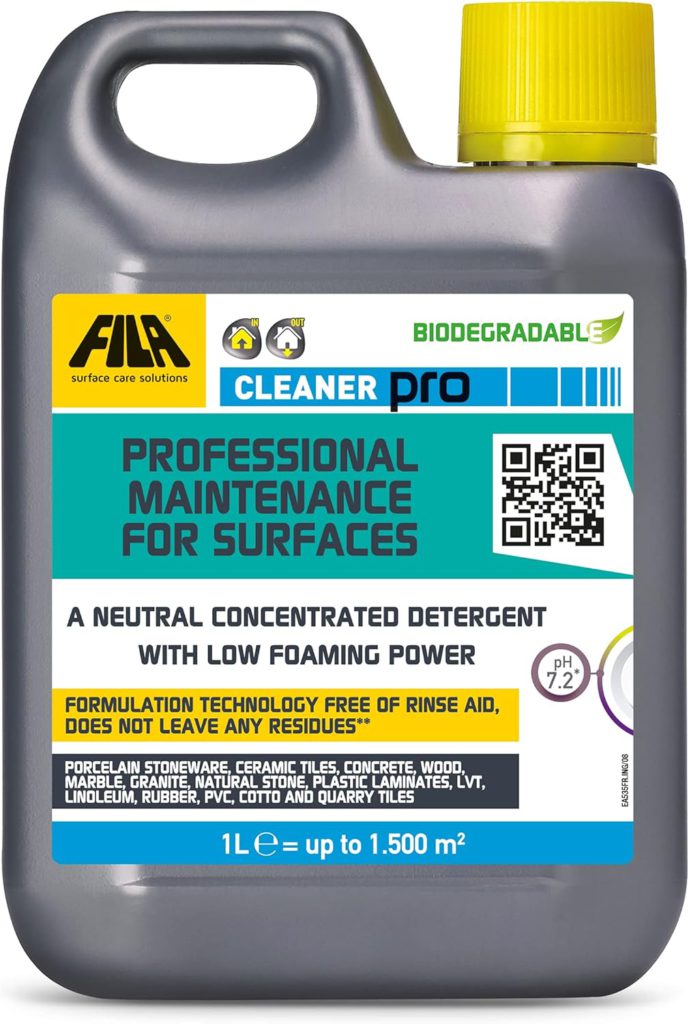
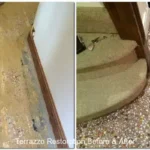

As I read your exploration of quarry tiles, I couldn’t help but reflect on how these unassuming pieces of history connect us to different eras and cultures. It’s fascinating to think about the craftsmanship involved in their creation, especially considering they were often made from local clay. This not only ties them to the land but also speaks to a time when sustainability was inherent in manufacturing long before it became a buzzword.